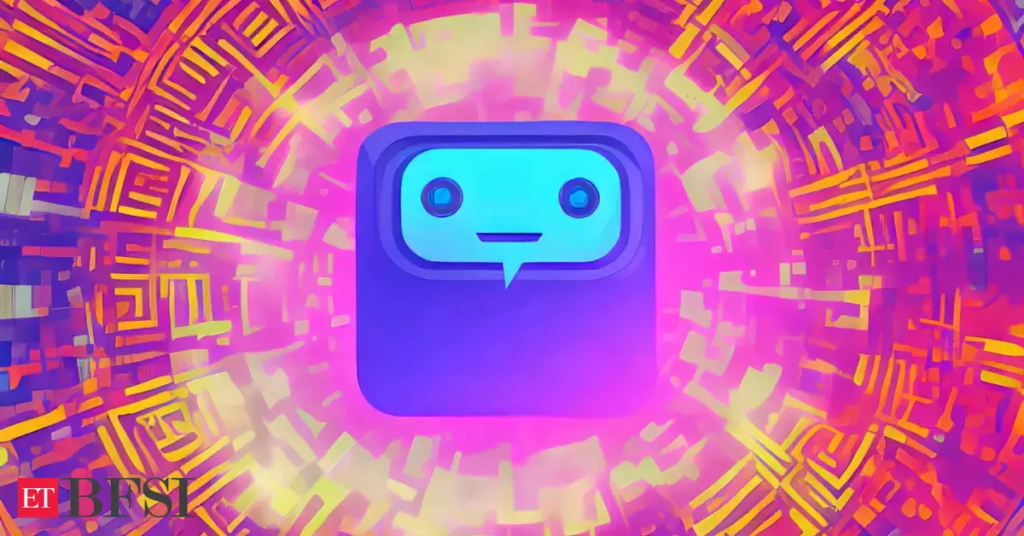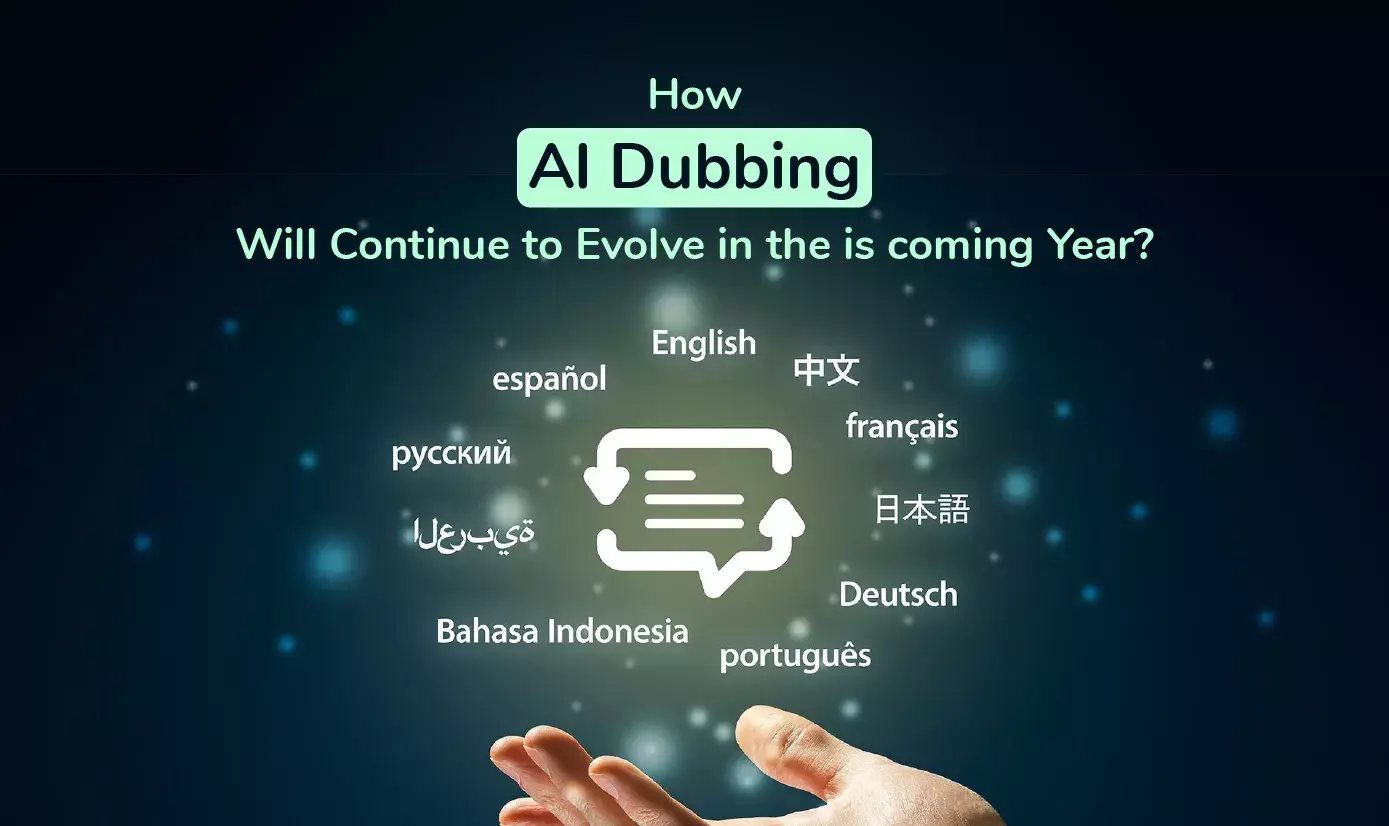AI dubbing has been on the rise in the last few years, and it is expected to continue evolving and improving in the coming years. In this essay, we will explore some of the ways AI dubbing is expected to evolve and the potential implications of these advancements.
One of the most significant areas of AI-based dubbing that is expected to evolve is voice cloning. As we mentioned earlier, voice cloning is the technique of using AI to create a synthetic voice that sounds like a particular person. In the coming year, we can expect to see improvements in the quality and accuracy of voice cloning. With advancements in neural network technology and deep learning algorithms, it is likely that synthetic voices will become even more realistic and accurate, to the point where it may be difficult to distinguish them from the original voice. This can be particularly useful for dubbing actors who have passed away or are no longer available for dubbing.
Another area where AI dubbing is expected to improve is in the area of lip-syncing. In the traditional dubbing process, the dubbing artists need to match the lip movements of the actors in the original film or TV show. This can be a time-consuming and challenging task, but with AI-based lip-syncing technology, this process can be fully automated. AI can be used to analyze the lip movements of the actors in the original film and automatically generate the lip movements for the dubbing artists. This can drastically reduce the time and cost of the dubbing process.

Are of Language Translation
In addition to voice cloning and lip-syncing, AI-based dubbing is also expected to improve in the area of language translation. With the advancements in natural language processing and machine learning algorithms, it is likely that AI-based translation technology will become even more accurate and reliable. This can be particularly useful in countries where multiple languages are spoken, as it can ensure that content is accessible to everyone.
Area Of Personalization
Another area where AI-based dubbing is expected to improve is in the area of personalization. With the advancements in machine learning algorithms, it is possible to create personalized dubs that cater to an individual’s language preferences. For example, if someone prefers to watch content in a specific dialect or accent, AI can be used to create a personalized dub that sounds like that accent. This can enhance the viewing experience for individuals and ensure that they have access to content that they can understand and enjoy.
Generative Models
One potential application of AI-based dubbing that is still in its early stages is the use of generative models to create new content. Generative models are algorithms that can create new content based on existing data. For example, they can be used to generate new scripts for films and TV shows. With the advancements in generative models, it is possible that AI could be used to create new dubs for films and TV shows that were never dubbed before. This could lead to the creation of new content and the expansion of the global market for film and TV shows.
While the potential benefits of AI-based dubbing are significant, there are also potential challenges and concerns that need to be considered. One of the main concerns is the potential impact on employment in the dubbing industry. With the potential for full automation, there is a risk that many voice actors and translators could lose their jobs. While this could lead to cost savings for studios, it could also have a significant impact on the livelihoods of many people.
Another challenge is ensuring that the use of AI in the dubbing industry does not compromise the quality of translations. While AI has the potential to improve the accuracy and consistency of translations, it is still not as effective as a human translator in capturing the nuances and context of language. It will be important for studios to strike a balance between the cost savings and efficiency benefits of AI and the need for high-quality translations.

Bottom Line
In conclusion, AI dubbing technology has already made significant advancements in the entertainment industry, providing an efficient and cost-effective solution for producing dubbed content. The technology has already proven its worth during the COVID-19 pandemic when in-person dubbing was not possible. As we move forward, AI dubbing is expected to continue to evolve and improve, providing even more realistic and natural-sounding voiceovers. Additionally, advancements in machine learning and natural language processing will enable AI dubbing to understand and replicate human emotions, making it an even more effective solution for producing high-quality content. With more and more industries realizing the benefits of AI dubbing, it is likely that the technology will continue to grow and become more widely adopted in the coming years. However, it is important to note that while AI dubbing technology has significant benefits, it is not without limitations and challenges, and continued research and development are necessary to overcome them.

.webp)










